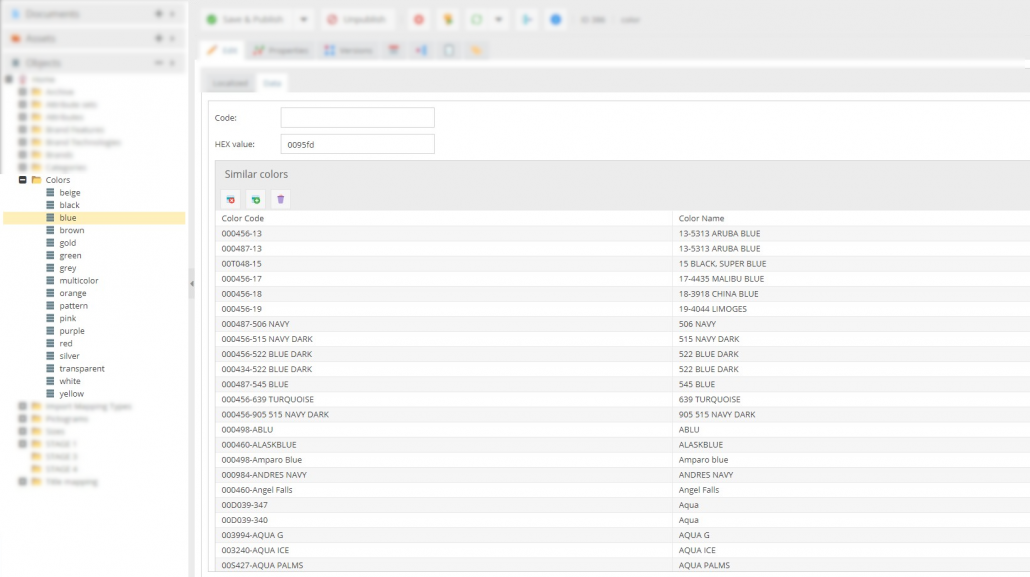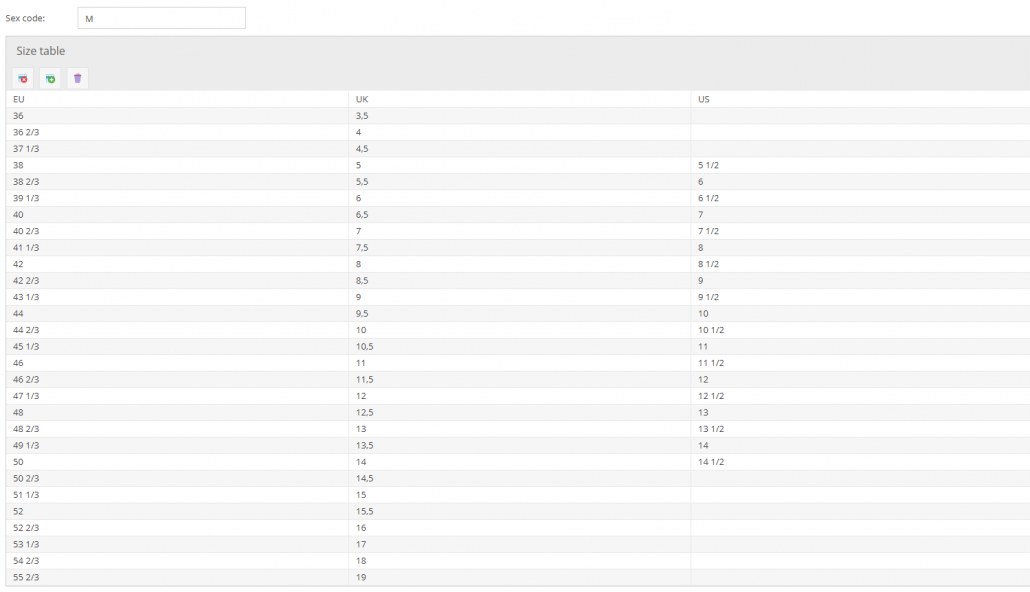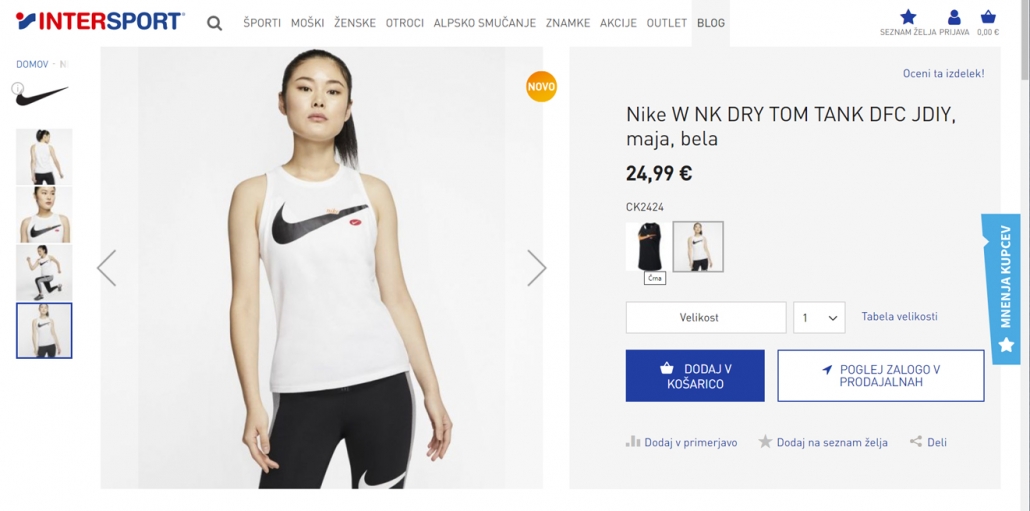Executing the project
We have consistently followed the client’s wishes on owning an online shop that was both functional and visually appealing and user friendly. After performing the first analysis and setting up the goals, the analyzing process was far from over. It stretched throughout the entire duration of our successful cooperation, which made it even easier to upgrade our goals and consequently set up a well-functioning, dynamic eCommerce shop. You can read more about the development of the shop and its functions (quick purchase, last seen products, elastic search engine, efficient basket, etc.) in our project description.
Besides the above-mentioned functions, our goal was also to save the client’s time and increase their sales. Both goals were achieved by implementing the platform Pimcore.
For the needs of the company Intersport ISI we developed a comprehensive product catalog, which includes more than:
• 200,000 products
• 42,000 color combinations
• 27,000 models of products
• 145,000 photos
• 4,300 categories
• 350 brands
• 900 attributes and over 30 attribute groups
• 5 language versions
The entire catalog is saved in the PIM system, which works as a centralized database and enables that all the information is stored in one place. The data is collected, enriched and managed within the same system, which also enables further distribution to other channels – for example the ERP system.
An added value of PIM implementation is also data optimization. The system manages thousands of products according to complex hierarchies, variations and attributes. The products are broken down by brands, names, numbers, colors, sizes, technologies and descriptions, while all of this data is stored in one place, where all Intersport ISI employees as well as external staff (translators, suppliers) can add, edit and upgrade this data (based on their access rights). The information is therefore always accurate, up-to-date, correct and enriched, making the employees’ job easier and allowing the customers to make an informed purchasing decision.









